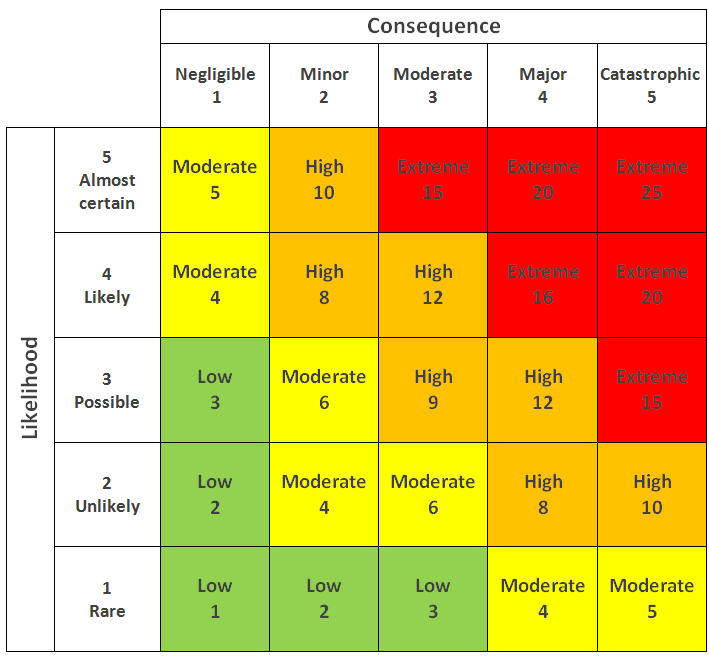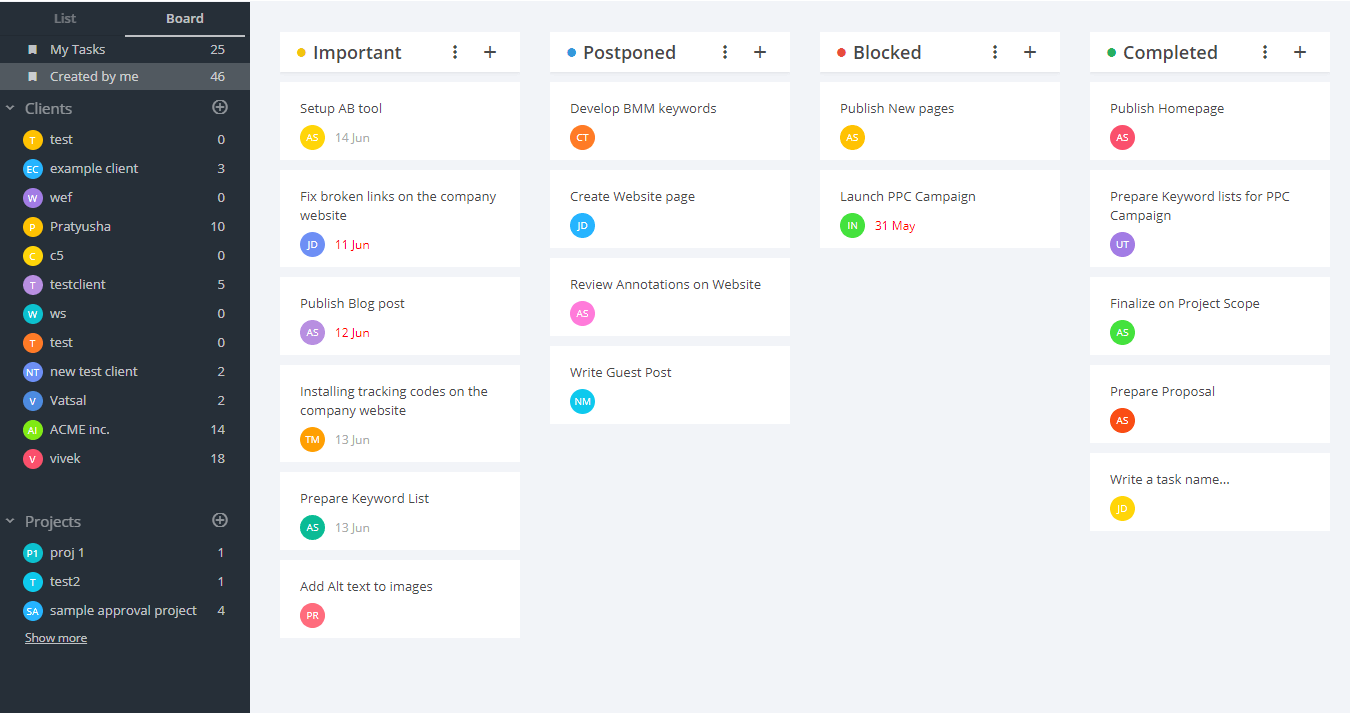Handling Deadlines in Software Development: Most Effective Tips
Why Software Development Deadlines are Important
In recent years, the word “deadline” has become a synonym for “trouble” or even “catastrophe.” Yet, deadlines are both essential and useful. They help to coordinate the actions of multiple people within a complex project that requires different processes to happen simultaneously. This description reminds us of software development. Let’s see what is so special about software project deadlines.
First of all, time is money. The process of software development is rather costly, and you need to stick to the plan. Furthermore, the sooner you launch the product, the faster you start getting profit. Secondly, the release of the product might be bound to a specific date, for instance, the time of committee review or marketing activities. Last but not least, software companies are usually interested in keeping their customers content and loyal, which involves timely project completion. That is why it is significant for The APP Solutions to explain the purpose and benefits of meeting deadlines to our team members and clients.
Risks of Timely Development
Usually, people do not manage to complete projects within time frames and not for want of trying. There are various factors, and the more complex the project is, the more factors need to be taken into account. Here are some of them:
- An inaccurate estimation might happen due to different factors. Mostly, a brand new product involves fewer risks than the refinement or completion of an existing one. Improvement and completion are more complicated than creating from scratch for developers. It is hard to say how much time it takes before you see the quality of the code. Also, developers need extra time to look into an existing solution.
- Third-party services. However, even the development of a new product can bring surprises. For example, if there are third-party services involved, they can change their configuration or API at any time during your project. Consequently, the developers would need to change the code according to those changes, and this can take additional time.
- Human element. We also should not forget about the human factor: illnesses, lack of expertise, residence change, and many others. This takes us to the next possibility;
- Long on-boarding for newcomers to an on-going project. If a new person joins the team during an ongoing project, they will probably need some time for onboarding, depending on the project’s complexity,
- Requirements changes. Some difficulties that affect deadlines might also occur from the customer’s side. If you increase the scope of work by changing the requirements, the development team will need more time. If a person fails to provide feedback or answer questions on time, it will probably blow the deadline as well.
Our Models of Cooperation by Risk of Deadline Breach
-
Dedicated Team
This is the safest work mode that we can offer in terms of timely completion. It means that we provide a client with a full-cycle development team. Together with the customer, we decide on the work scope, project requirements, and deadlines. If something goes off the rails, we rearrange the scope of work by prioritizing requirements.
-
Time and Material
This model of cooperation tends to meet deadlines as well. Its other name is “Pay As You Go” because a customer pays according to how much actual time the team spends on the project. This model is flexible, and it allows us to rearrange the scope of work if needed.
-
Fixed Price
This model is suitable only for little projects with a clear understanding of the workload. Yet, if anything changes during an ongoing project, a customer would need to pay extra. “Fixed Price” model involves many factors, including the possibility of blowing the deadline.
If you want to learn more about our models of cooperation, see this article.
How to Meet a Deadline
So, we agree that meeting deadlines is a crucial part of software development, and multiple issues may threaten the timely completion of a project. Here are several tips on how to not miss deadlines:
Project managers are always involved in risk management. They need to identify and classify risks before project implementation, as well as create a plan for each risk mitigation. For this purpose, they can use a risk matrix that helps to detect both the probability and consequence severity of possible events. In this way, when an incident happens, there is no panic, since it was predicted, and a PM already knows what to do.

[Source]
Before starting to work on a project, developers break up large tasks into smaller ones. Then, they evaluate the probable time they will spend to deliver them. After this, CTO or a team leader checks the estimates to avoid the risk of incorrect expectations. This allows decreasing the probability of unrealistic deadlines that may be harmful to project completion.
Sticking to the plan is excellent, but sometimes you need to take action. In the case of an unpredicted event, you might need to change something, for example, involve more developers or change the scope of work. The key to time and risk management is the readiness to make a decision or implement a plan B.

[Source]
When managing software development you need to have a place to store and track all the tasks and deadlines. No matter if you use Agile, SCRUM, or Kanban; JIRA, Asana, or Trello, it must be a software tool. One of the crucial elements of project management is backlog grooming. This process usually involves both a product owner and the team checking the backlog tasks. They ensure that all the necessary tasks are in the backlog, they are prioritized, and tasks at the top are ready to be delivered. Backlog grooming is always an ongoing process that helps to avoid unnecessary tasks and meet deadlines.
Regardless of all the technical progress, we still cannot read minds, so everyone needs to talk to each other. The product owner, project manager, and all team members perform their best if they have all the necessary information and receive updates on time. This helps all project members work promptly and avoid useless effort. Even if all the previous methods have not worked, and it seems that the team will not meet the deadline, timely and transparent communication can regulate the difficulties.
Conclusion
You need to track different factors to have things done in a timely manner, especially if you are dealing with a deadline in software development. Not sure you can handle software deadlines? Hire us, and we will provide you with the best project-managers.
Want to receive reading suggestions once a month?
Subscribe to our newsletters